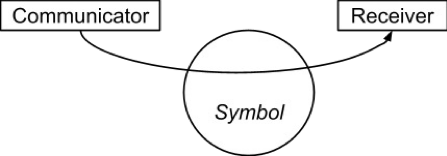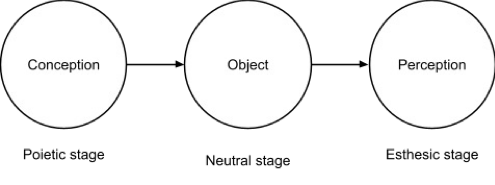Written by Grace Coberly and Abigail deVries
Twentieth-century German philosopher and musicologist Theodor Adorno is a controversial voice within the field of music philosophy. However, despite his strong phrasing and elitist tendencies, the organizational foundations of his beliefs have much to offer other music philosophers. Adorno posits that musical works are “objectively structured things and meaningful in themselves” (Adorno, 1989, p. 3). The impact and significance of each piece of music, he says, is not found in the response of listeners or in experts analyzing such pieces, but instead found in the structure of the music and its independence from consumer culture.
Adorno criticizes passive music consumption and sees mindless listening as destructive. Instead, he advocates for active listeners, individuals who engage with music with passion and curiosity. Adorno is clear that an extensive background in and knowledge of music do not necessarily make a good musical listener; rather, active listening requires a critical mind and an alertness in experiencing music. In his own writing, Adorno classifies eight different types of listeners, most of them unfavorable to him: “(a) the expert listener; (b) the good listener; (c) the culture consumer; (d) the emotional listener; (e) the resentment listener; (f) the jazz expert and jazz fan (in fact, similar to type e); (g) the entertainment listener; and (h) the indifferent, the unmusical or the antimusical” (Leppert, 2005, p. 128). Bowman (1998) highlights three particular types of sub-par musical listeners, which he labels as cultural consumers: the emotional listener, the resentment listener, and the entertainment listener. These cultural consumers share both intermittent attention and the belief that music’s purpose is solely for pleasure, but they can be further differentiated by their specific listening tendencies and reactions to different types of music.
Adorno postulates that emotional listeners use musical listening as catharsis. To emotional listeners, the goal of listening to music is to experience a flood of emotions that are usually repressed by the dominant culture. Musical listeners who fall into this type often balk against listening for music’s structure or specific harmonic content. To them, analyzing and observing qualities of music is the antithesis of musical experience.
Resentment listeners swing the pendulum away from the emotions and into an intellectual bubble. Resentment listeners reject the idea that music is for emotional release. Instead of using the rejection to spur them into critical thinking, these resentment listeners tend to retreat to specific past periods of music. They create an isolated clique, setting themselves apart from listeners that they view to be unrefined or uneducated. Adorno believes that these listeners are just as problematic as emotional listeners, as their sense of community lulls them into passive listening.
Finally, the entertainment listener is at the mercy of the cultural industry. This listener does not use their mind to engage and critically think about music: instead, they consume music in a completely passive manner. Adorno claims these consumers are often unaware of the music they listen to and only notice music when it stops. They understand their own lack of perceptive listening and flaunt it as an asset.
Adorno’s position on musical listening is founded in the belief that music is a tool for critical thinking. He types these listeners in order to show how dangerous passive listening is, and to press on his audience the importance of discerning and judicious musical listening. Adorno’s typology gives us food for thought as we analyze our own musical listening type — which is exactly the kind of critical thinking Adorno would want.
References
Adorno, T. (1989). Introduction to the Sociology of Music (E. B. Ashton, Trans.). Continuum.
Bowman, W. (1998). Philosophical Perspectives on Music. Oxford University Press.
Leppert, R. (2005). Music “Pushed to the Edge of Existence” (Adorno, Listening, and the Question of Hope). Cultural Critique, 60, 92–133. http://www.jstor.org/stable/4489211












